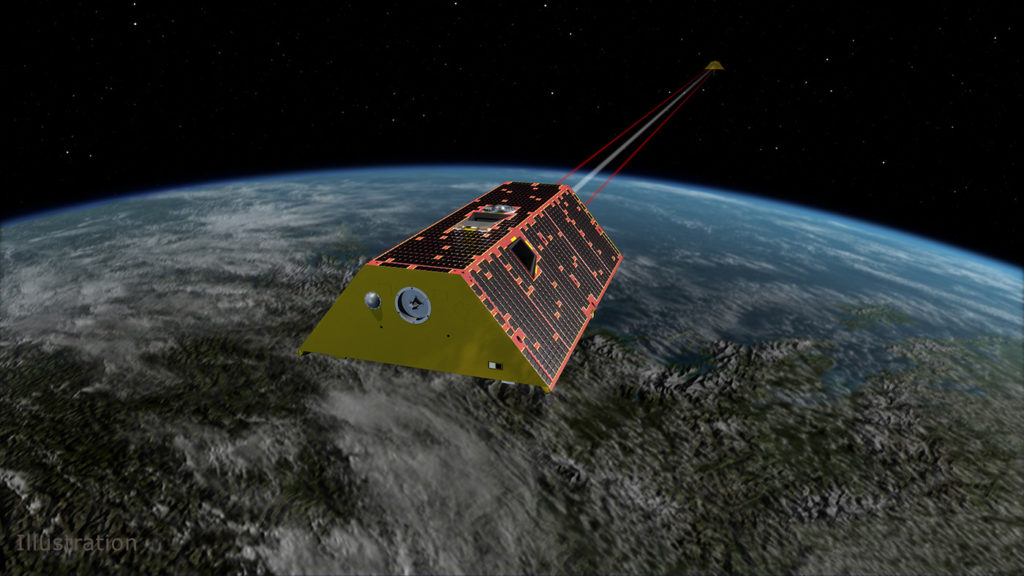
Nearly everyone knows the story of Tom and Jerry, with Tom the cat’s never-ending quest to catch Jerry the mouse. “Tom” and “Jerry” also exist in space as two satellites that seem to chase after one another as part of NASA’s Gravity Recovery and Climate Experiment Follow-On (GRACE-FO) mission. The mission will allow scientists to better understand Earth’s climate.
GRACE-FO is a continuation of NASA’s original project which lasted from 2002 to 2017.
Srinivas Bettadpur, a director at UT’s Center For Space research, led its development.
GRACE-FO involves two satellites that, according to the NASA Jet Propulsion Laboratory (JPL), are 137 miles apart.
Just like Tom and Jerry, the satellites constantly chase each other in orbit around Earth, hence their names. The purpose of this design is to allow for the measurement of Earth’s gravitational field, Bettadpur said.
According to NASA, different geographical features such as ice caps, underground water reservoirs and oceans all exert varying gravitational pulls. By studying this, the effects of climate change can be studied.
For example, warming temperatures are causing ice caps to melt. As ice caps melt, their gravitational pulls will reduce. Measuring this change with GRACE-FO allows scientists to study the melting rate of icecaps.
“When the gravity field changes, the forces acting on the two satellites change, and this affects the distance between them,” Bettadpur said. “Through microwaves, this change in distance can be measured.”
In addition, according to the JPL, GPS receivers inside the satellite can locate the position of the satellite over Earth. This allows the satellite to match up a measured change in the gravitational field with a specific location on Earth, such as a particular melting ice cap.
Bettadpur said that GRACE-FO has just recently began collecting data, and hasn’t provided a sufficient amount of data for analysis just yet. Despite this, he added that GRACE-FO can be used for the study of Greenland’s ice sheets, which was done during the previous GRACE mission, Bettadpur explained.
“The gravity field over the ice sheets in Greenland were measured by GRACE,” Bettadpur said. “As Greenland lost ice, the gravity field over the ice sheets reduced.”
According to NASA, in the early 2000s, GRACE began to be used to track the melting of Greenland’s ice sheets which were a large source of freshwater. Through GRACE’s observations between 2002 and 2016, scientists concluded that Greenland had lost about 280 gigatons of ice per year, which contributed to an annual rise in sea level of about 0.8 millimeters. These results were significantly higher than previous estimates.
As an improvement in measurement capabilities of the original GRACE mission, GRACE-FO will feature laser ranging interferometer (LRI) technology. According to the Max Planck Institute for Gravitational Physics, LRI technology involves lasers which are emitted between the two satellites, allowing for distance to be measured. LRI will allow the satellites to detect variations in distance which cannot be measured using microwaves.
Bettadpur added that GRACE-FO will enable scientists to continue to make more important observations.
“With its improved technologies, GRACE-FO will allow us to study more regions on Earth with greater accuracy,” Bettadpur said.
